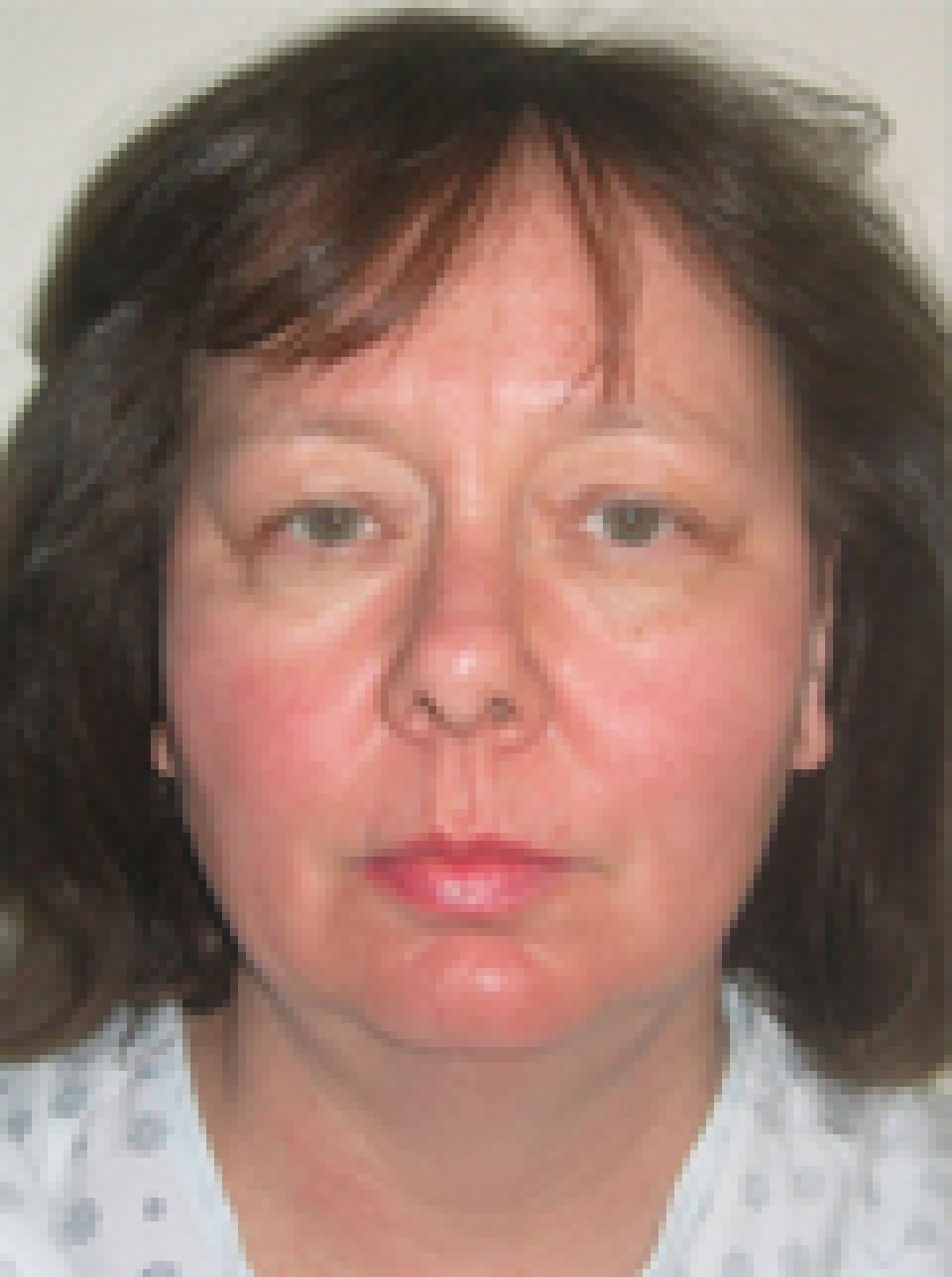Muscle Descent
Under the combined effects of weight gain and age, every component of our body seems to slide downwards, the forehead slides down, the cheeks fall, the breasts droop and the stomach hangs.
By no means alone in this problem are the muscles, in particular at the face, Occipito-frontalis at the forehead and Platysma at the mid and lower face. The former causes the upper eyelids to droop, the latter drags on the skin to which it is attached and is in part the cause of the falling and wrinkling of the skin of the face.
There are three changes in the aging face: facial descent, deflation, and radial expansion. Descent is the downward displacement of the facial soft tissues; deflation is the loss of facial fat; radial expansion is the loosening of some of the facial tissue.
The platysma muscle extends from the lower face down the entire neck. In the lower face, its descent creates the jowl. In the neck, the descent of platysma causes the bands that appear in the front of the neck, framing the trachea.
 before
before
 after
after
This case depicts a 52 year old woman who underwent an upper eyelid lift and a short scar face lift.
Her post-operative photographs depict her appearance at approximately four months after surgery.
Although a short scar face lift does not require any incisions beneath the ears, it can have a profound effect on the jowls and the skin and fat beneath the chin.
 before
before
 after
after
This 31 year old woman underwent breast reduction in which approximately one and one third pounds of tissue was removed from the right breast and almost two pounds of tissue was removed from the left breast.
In this individual’s case, the incisions used to perform the breast reduction were of the “lollipop” or short scar type. This method of breast reduction avoids any incisions in the cleavage and in most instances along the lower fold of the breast.
This woman, like many others, had noticeably asymmetric breasts. In her case, the left breast was noticeably larger than the right breast. I make every effort to correct this during surgery, but ultimately, no two sides look identical after surgery- just as they did not before surgery.
Also very visible in this individual are the "shoulder grooves" from her bra straps. This is a common issue in women who have extremely large breasts or "macromastia." The pressure from the bra straps typically cause pain, open wounds and sometimes even numbness and tingling in one or both hands from compression of the underlying nerves. Breast reduction can alleviate these symptoms almost instantaneously.
 before
before
 after
after
This case depicts a 56 year old woman who wished to improve the appearance of sagging skin that she had developed as a result of age and dramatic weight loss.
She underwent an endoscopic brow lift, upper and lower eyelid lifts, a short scar face lift and a neck lift. Her post-operative photographs depict her appearance at approximately 4 months after surgery.
Although a properly executed short scar face lift can effect some improvement in the appearance of sagging skin in the neck with no incisions behind the ears, individuals with an extensive amount of skin and muscle descent require longer incisions and a formal neck lift to achieve dramatic results.
 before
before
 after
after
This 35 year old woman reached her plateau weight after losing 56 pounds following bariatric surgery. She had breast lift or mastopexy using a short scar technique which leaves behind scars in the shape of a “lollipop.” Some breast lifts or mastopexies are performed using a technique that results in scars that look like an “anchor,” but I prefer to use this shorter scar technique because scars are never visible in the cleavage nor on the side of the body beneath the arm. This makes swimsuit selection much easier.
This woman has a history of poor scar healing. It is relatively easy to see dark and thickened scars on her abdomen from her bariatric procedure. I feel that it is especially advantageous to avoid the “anchor” shaped scar in individuals whose scars do not heal well.
When performing a breast lift or mastopexy, very little breast tissue is removed. Instead, the existing breast tissue is rearranged so that the new breast shape is typically shorter and rounder than it was previously.
Performing a breast lift in an individual who has lost a great deal of weight is often very challenging. They tend to have an extreme amount of skin excess and relatively little breast tissue. As such, a great deal of skin must be removed while significant effort is made to preserve every bit of breast tissue possible to achieve a natural looking breast.
 before
before
 after
after
This case depicts a 58 year old woman who wished to achieve a more youthful facial appearance.She underwent upper and lower eyelid lifts and a short scar face lift which addressed the skin and fat beneath the chin, the jowls and elevated the midface.
Her post-operative photographs depict her appearance at approximately nine months after surgery.
I try to perform a "mid-face lift" or "cheek lift" as a routine part of a short scar facial rejuvenation procedure. In individuals who have full cheeks that have descended over time, this portion of the procedure complements an aggressive correction of the jowls.